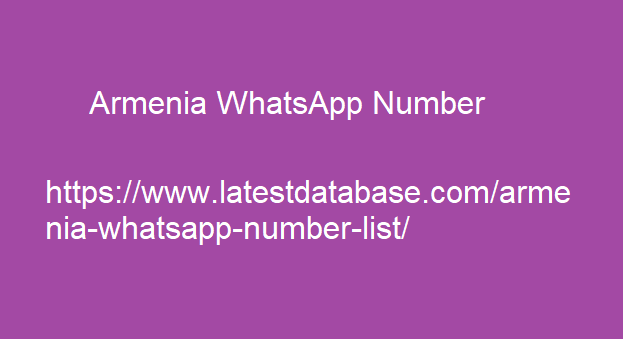|
|
Using Descriptive Alt Text in the Alt Attribute Alt text or alternative text can be defined as a short text that describes the image. This not only explains the image for users who cannot see the image in their browsers, but also provides information about the image to Googlebot. For alt text optimization, instead of filling the text with keywords, you should use short content that is useful and rich in information. For example, let's consider a photo of athletes competing in a swimming race in the Olympics. Your ideal subtext here is “Athletes compete in swimming to win an Olympic medal.” You can use an alt text like.
Adding Descriptive Titles, Captions, Filenames, and Text for Images Apart from alt text, it is also important to add descriptive titles, captions, filenames and text so that Googlebot can understand your images more easily. For example; If we continue with the example Armenia WhatsApp Number above, the file name of an image should be yuzme-yarisi.jpg instead of IMG004545546.JPG. Using a Visual Sitemap We talked about visual sitemaps in our previous titles. Image site errors allow Googlebot to crawl images that it wouldn't otherwise find. This way, you can ensure that your visual content gains visibility in Visual Search and attracts more traffic.

Supported Image Formats In order for the images on your website to be crawled by Googlebot, you must make sure that you use file formats that Google supports. Google lists these formats as follows: BMP GIF JPEG PNG WebP SVG Googlebot can easily scan your images in these formats. Disable Google Images Inline Linking In addition to the above formats, you can also inline images as data URLs with the code. This type of image usage can be especially useful when you want to reduce HTTP requests. When you disable the inline link, you prevent the full-size image from appearing in Google Images search results. To do this, you can follow these steps: Observe the HTTP referrer header during the HTTP request.
|
|